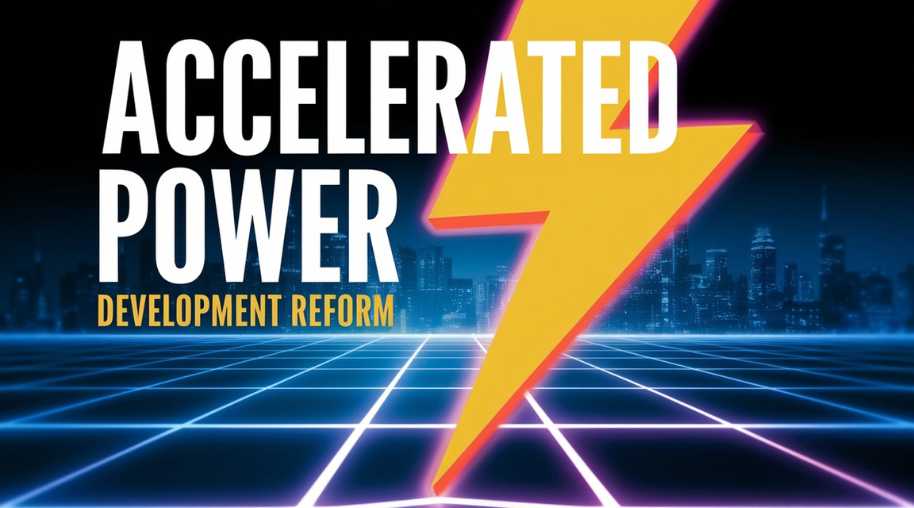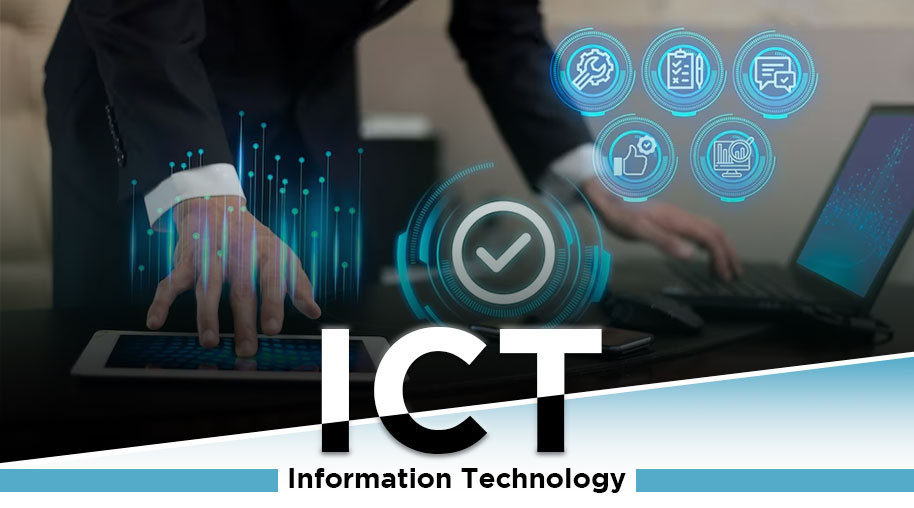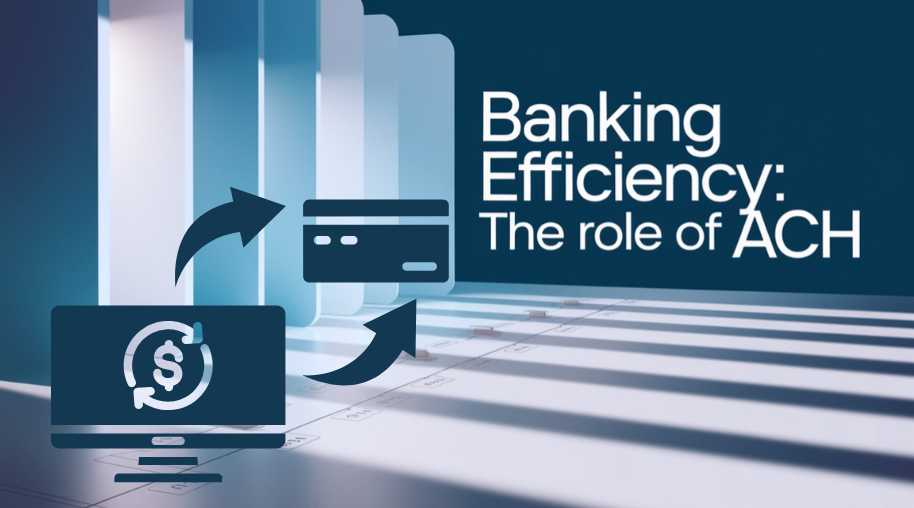APDRP Full Form - Accelerated Power Development and Reform Programme
by Shashi Gaherwar
0 2042
Accelerated Power Development and Reform Programme: Transforming India's Power Sector
Introduction
The Accelerated Power Development and Reform Programme (APDRP) is a flagship initiative by the Government of India to modernize the power distribution sector. Launched in 2001, APDRP aims to reduce technical and commercial losses, enhance power reliability, and improve the financial viability of power distribution companies (DISCOMs). This article explores APDRP’s objectives, components, benefits, challenges, and impact on India’s power sector.

Objectives of APDRP
APDRP was launched with the following goals:
- Reduction of Aggregate Technical & Commercial (AT&C) Losses: Minimize power theft and inefficiencies.
- Strengthening Distribution Networks: Upgrade infrastructure like transformers and substations.
- Enhancing Financial Performance of DISCOMs: Ensure sustainable operations.
- Promoting IT-based Solutions: Implement smart grids and digital billing for transparency.
- Reliable and Quality Power Supply: Reduce outages and fluctuations.
Key Features and Components of APDRP
APDRP encompasses several critical components:
- Reduction of AT&C Losses: Targets AT&C losses below 15% through energy audits and anti-theft measures.
- Technology Integration and Smart Metering: Uses Automated Meter Reading (AMR), GIS mapping, and smart meters for accuracy.
- Infrastructure Modernization: Upgrades substations, distribution lines, and introduces underground cabling.
- Financial Assistance and Incentives: Provides central funding and performance-based incentives for DISCOMs.
Benefits of APDRP
APDRP has delivered significant advantages:
- Improved Power Supply and Efficiency: Reduces blackouts and enhances transmission efficiency.
- Financial Sustainability of DISCOMs: Improves revenue through accurate billing and reduced theft.
- Better Consumer Services: Offers timely billing, online payments, and quick complaint resolution.
- Reduction in Environmental Impact: Promotes efficient power use and renewable energy integration.
Challenges in APDRP Implementation
APDRP faces several challenges:
- Resistance to Technological Change: Utilities struggle with adopting smart grid technologies.
- Financial and Operational Constraints: Funding shortages and bureaucratic delays hinder progress.
- Consumer Awareness and Compliance Issues: Non-payment of bills and lack of education on smart meters.
Future Prospects and Recommendations
APDRP’s future includes:
- Adopting Advanced Smart Grid Technologies: AI-based forecasting and real-time fault detection.
- Strengthening Financial Support Mechanisms: Increased investments and affordable financing for DISCOMs.
- Enhancing Consumer Participation: Incentives for timely payments and energy conservation.
- Ensuring Policy Continuity and Regulatory Support: Consistent frameworks and stronger regulatory enforcement.
The Accelerated Power Development and Reform Programme (APDRP) has significantly transformed India’s power distribution sector by reducing AT&C losses, modernizing infrastructure, and integrating smart technologies. Despite challenges like financial constraints and technological adoption, APDRP continues to enhance DISCOM efficiency and power reliability, paving the way for a sustainable energy future.
Further Learning Resources
If you’re passionate about building a successful blogging website, check out this helpful guide at Coding Tag – How to Start a Successful Blog. It offers practical steps and expert tips to kickstart your blogging journey!
For dedicated UPSC exam preparation, we highly recommend visiting www.iasmania.com. It offers well-structured resources, current affairs, and subject-wise notes tailored specifically for aspirants. Start your journey today!

Share:








Comments
Waiting for your comments